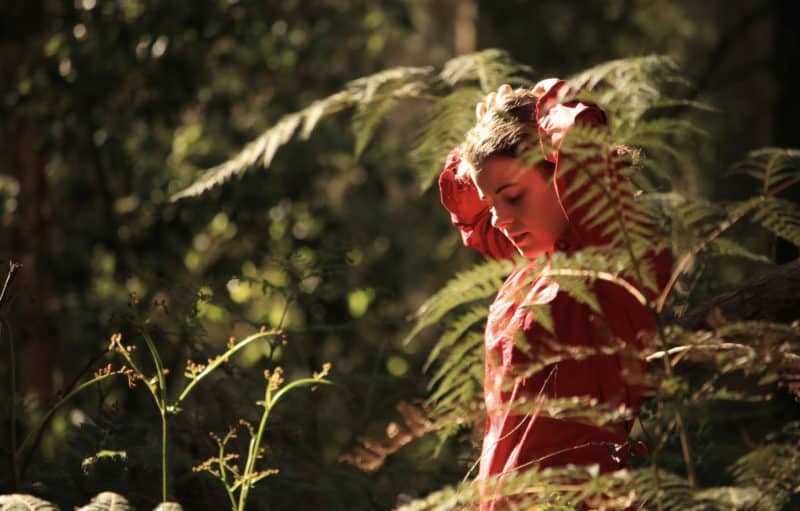PARK WATCH March 2020 |
New grassland revenue bill passes Parliament.
The Melbourne Strategic Assessment (Environment Mitigation Levey) Bill 2019 passed the Victorian Parliament in early February.
VNPA supported the Bill, but remain deeply concerned that promises to protect grasslands and other habitats threatened by urban sprawl have still not been delivered.
This new law is largely about collecting and expending revenue from levies from the clearing of threatened species habitats; such as the critically endangered Native Temperate Grasslands of the Victorian Volcanic Plain.
These were proposed as trade-offs in the now decade-old Melbourne Strategic Assessment. The MSA was a joint Commonwealth and Victorian Government agreement on approvals for environmental impacts on nationally threatened species from urban growth around Melbourne’s west and north, and some parts of the south-east. It has an expected price tag of almost $1 billion over 40 years.
The Bill is mostly focused on the machinery of collecting revenue, but has some useful improvements to governance, such as a regular audit by the Commissioner for Environmental Sustainability. It, however, does not deal with the fundamental flaws and failed delivery of key promises in the MSA. For example, after ten years the state government has failed to deliver on promises in the MSA to protect grasslands and create large grassland reserves by 2020.
In 2010 the MSA clearly stated that the state and federal governments would: “… increase the extent of protection of Natural Temperate Grassland of the Victorian Volcanic Plain from two per cent to 20 per cent” and “the Department of Sustainability and Environment will be the acquiring authority and will acquire all freehold land (excluding quarries) and reserve it by 2020”.
These statements relate to one of the key deliverables promised in the MSA – that a 15,000-hectare grassland reserve was purchased, established and managed between Werribee and Melton by 2020. To date, less than 10 per cent of this has been purchased, so it will be a real test of both the state government’s capacity to deliver long-term multi-term commitments, and of the federal environmental laws which underpin the whole program.
Did you like reading this article? Want to be kept up to date about this and other nature issues in Victoria? Subscribe to our email updates.
You can also receive our print magazine Park Watch four times a year by becoming a member. Find out more here.
